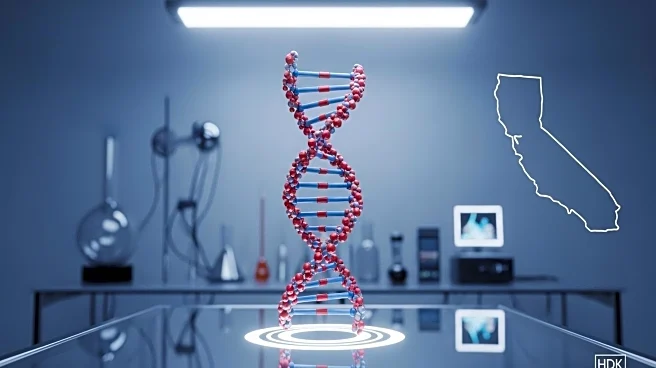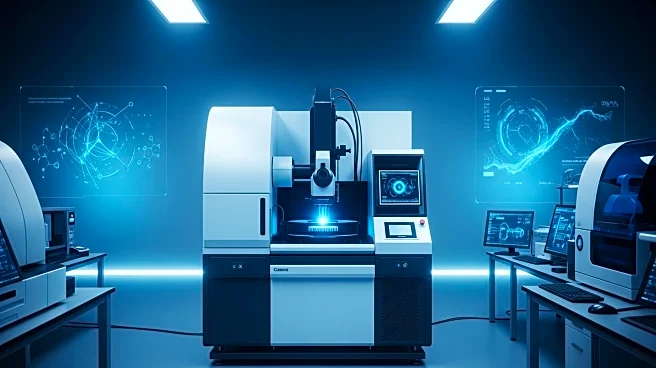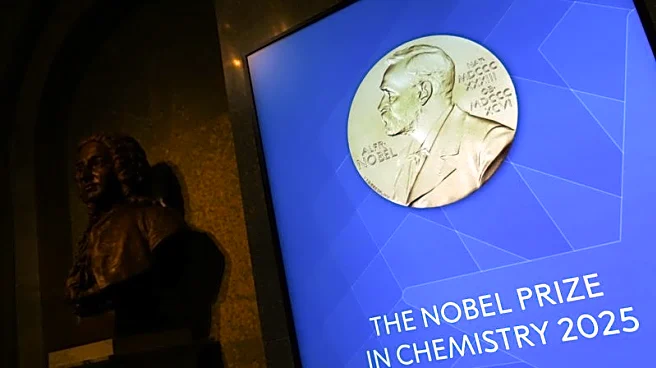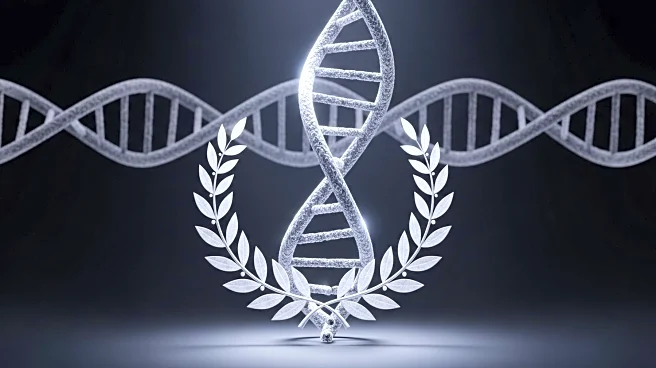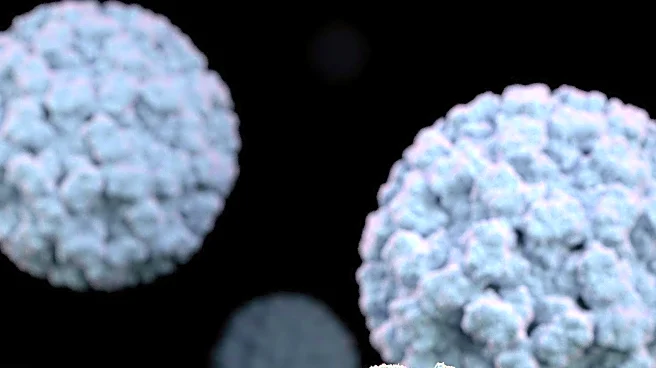What's Happening?
A collaboration between Italian institutions and international partners has resulted in the assembly of the new diploid RPE-1 genome, a significant advancement for CRISPR research. The genome was published by the USCS Genome Browser at the University of California, Santa Cruz, and Nature magazine. The project involved Area Science Park in Trieste, Sapienza University, Dante Labs, and the University of L'Aquila, with support from Rockefeller University and the University of Tennessee. The RPE-1 cell line is crucial for studies in genetics, cancer research, and drug development, and the new assembly offers unprecedented accuracy.
Why It's Important?
The publication of the diploid RPE-1 genome marks a breakthrough in genomic research, particularly for CRISPR gene editing. The genome's accuracy across multiple chromosomes enhances the study of centromeres, which are vital for understanding genetic disorders and developing new therapies. This advancement is expected to accelerate research in cell engineering and biotechnology, benefiting companies and research institutions worldwide. The collaboration highlights the importance of international partnerships in achieving scientific milestones and advancing genomic technologies.
What's Next?
The RPE1v1.1 assembly is now publicly available, allowing researchers and biotech companies to utilize the genome for various applications. The increased accuracy will facilitate more precise genetic modifications and potentially lead to new treatments for genetic diseases. As the genome becomes integrated into research projects, further discoveries in genetics and molecular biology are anticipated. The collaboration may also inspire similar international efforts to tackle complex scientific challenges.
Beyond the Headlines
The assembly of the diploid RPE-1 genome underscores the ethical considerations in genomic research, particularly in gene editing. As technologies advance, discussions around the responsible use of CRISPR and potential implications for human genetics will continue. The project also highlights the cultural and scientific exchange between Italy and the U.S., fostering innovation through shared expertise and resources.

